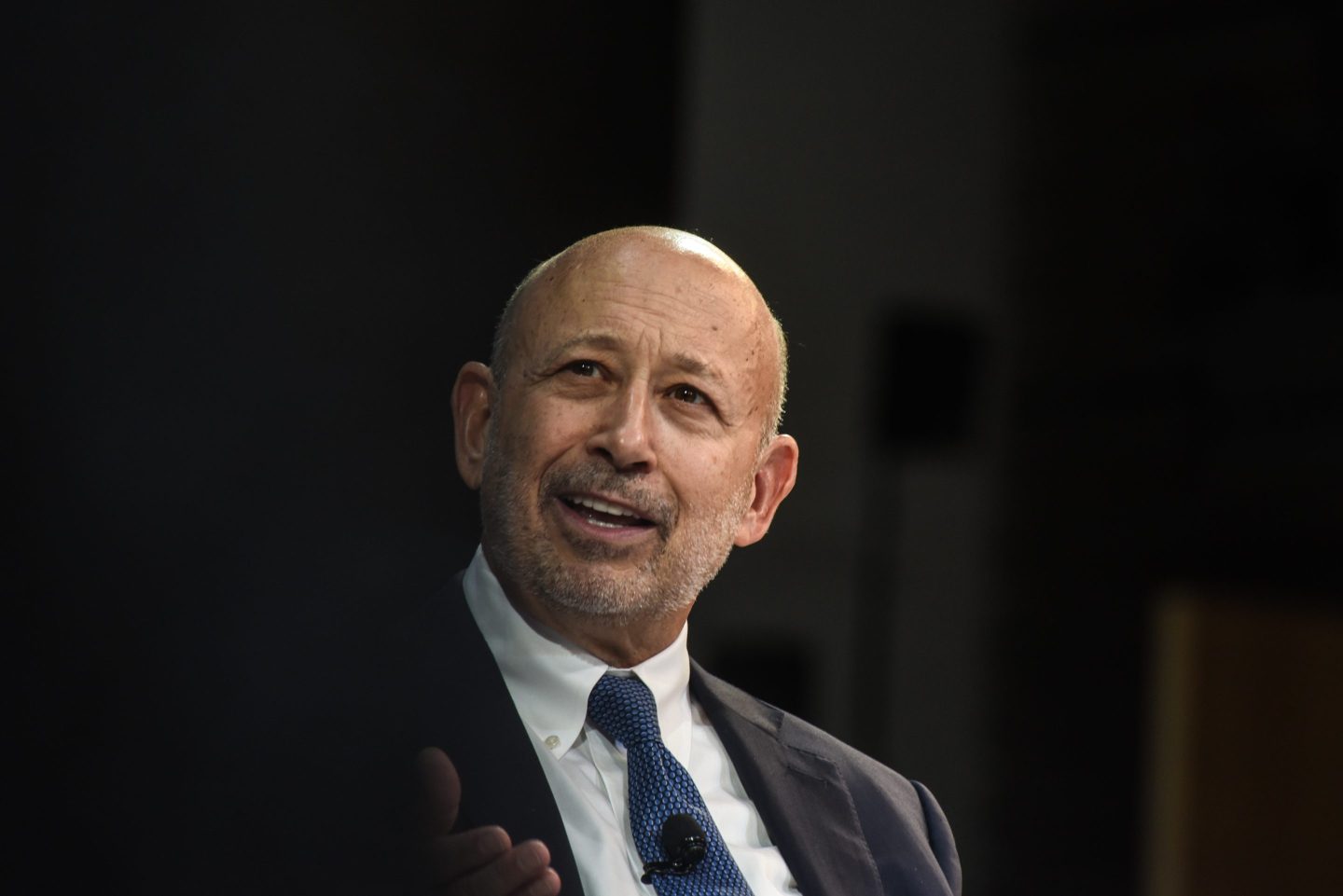Now that Berkshire’s Class B shares have joined the Russell 1000, portfolio managers who paid a pretty penny can breathe easy again.
The runup this year in Berkshire Hathaway’s Class B stock (BRKB) is a good reminder of the power of an old kind of index arbitrage: buy high and sell higher, when the index-fund managers get in.
Usually, when fund managers engage in index arbitrage, they’re weighing the value of an index’s different stocks against each other, choosing the leaders and the laggards. But this year, there has been an easier strategy: cleverer hedge-fund managers or short-term investors just lie in wait until the announcement that a big stock will be added to an index; after the announcement, they buy up tons of the stock, driving up the price for the poor index-fund portfolio managers who are required to hold all the stocks in the index – so they pay exorbitant prices to own the shares.
Exhibit A: Berkshire Hathaway’s Class B stock has been zooming up for the past few days, most recently with a nearly 4% jump on Friday to close at $81.90. The reason: As of this morning’s open, Berkshire Hathaway has been added to the Russell 1000 Index. Berkshire is a giant, so it immediately ranked among the top 10 companies on the index, by size. Berkshire’s Class B stock alone will make up 1.1% of the Russell 1000 index. According to Goldman Sachs analyst David Kostin, 17.6% of the Russell 1000 holdings are now in financials, a full percentage point higher than they were before Berkshire joined.
The big jump in Berkshire’s Class B might cause some Russell 1000-following index managers to groan, but it’s probably a big relief to one group of investors: the portfolio managers who bought Berkshire’s class B stock at pretty rich prices after February 12, when it was added to the S&P 500 index. For those investors, who paid roughly $76 a share and up, things looked dark for a while in early June, when the stock dropped to $70 a share. Then, like Christmas in June, there was the announcement mid-month that Berkshire would join the Russell 1000, and all of a sudden the S&P 500 index-followers could breathe easy that the stock was worth something again. Overall, it’s hardly been a bad play: Over the course of seven months, Berkshire’s Class B stock jumped from around $65 a share in late January, around the time the stock took a 50-to-1 stock split, to $81.90 as of Friday’s close.
Of course, none of this could have happened until Berkshire’s leader, Warren Buffett, chose to compromise on his opposition to short-term investing. Buffett always liked to keep his company’s stock an exclusive playground for long-term holders — witness the Class A shares (BRKA) trading at $122,300 each these days — but the 50-to-1 stock split in Class B stock was reportedly spurred by Buffett’s need to find a wider universe of investors to help finance Berkshire Hathaway’s acquisition of the Burlington Northern Santa Fe railroad. The stock split dropped the price of Class B shares from $3,275 each to more like $65 each.
The enormous growth in the trading volume of Berkshire’s Class B shares shows the success of Buffett’s populist move. Before the S&P 500 move, Berkshire’s Class B traded at around 5.5 million shares a day; now, it’s more like 10.18 million shares a day.
These boosts are temporary, of course; as of Monday morning, Berkshire’s Class B already started to pull back, dropping 1% in early morning trading to around $81 a share. Of course, if any of those Russell 1000 index managers find that the Berkshire Class B stock loses even bigger chunks of its pop after the index-buying games are over, they might just have to swallow their hard luck: there aren’t that many more indexes that the stock can list on.
–Heidi Moore is Sweeping the Street for the next two weeks while Colin Barr is on Vacation.












